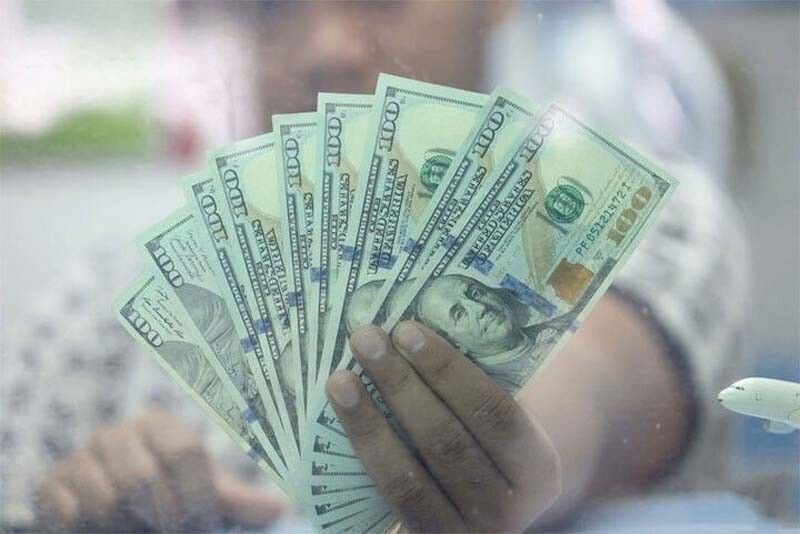Philippines external debt slips to $117.92 billion in June

MANILA, Philippines — The country’s external debt slipped slightly to $117.92 billion in end-June after hitting an all-time high of $118.81 billion in end-March due mainly to the impact of the dollar appreciation against other currencies amid further monetary policy tightening by the US Federal Reserve.
Data released by the Bangko Sentral ng Pilipinas (BSP) over the weekend showed the $894 million decline in the debt level in the second quarter was mainly due to the reduction of the dollar equivalent of borrowings denominated in other currencies by $963 million.
It added that the sale of Philippine debt papers by non-residents to residents also decreased the debt stock by $305 million.
These were enough to offset prior periods’ adjustments of $264 million and net availments of $110 million.
Year-on-year, the BSP reported a 9.5-percent increase in the external debt level to $117.92 billion in the first half from $107.69 billion in the same period last year.
According to the central bank, the increase was driven by total net availments of $7.8 billion mostly from the national government, the change in the scope of the external debt to include non-residents’ holdings of peso-denominated debt securities issued onshore with $3.7 billion and prior periods’ adjustments of $312 million.
The statistical adjustment, which was due to the availability of detailed information on non-resident holdings of said securities, is in line with the standards of the International Monetary Fund (IMF) under the External Debt Statistics Guide and the International Balance of Payments and International Investment Position Manual, 6th edition for external debt reporting.
Meanwhile, the transfer of Philippine debt papers issued offshore from non-residents to residents of $1.3 billion and negative foreign exchange revaluation of $295 million partially tempered the year-on-year increase in the debt stock.
Amid the increase, the country’s external debt to gross domestic product (GDP) ratio improved to 28.5 percent as of end-June from 26.8 percent in the same period last year due to a change in the scope of the external debt stock to include non-resident holdings of peso denominated debt securities issued onshore.
The maturity profile of the country’s external debt remained predominantly medium and long-term in nature with original maturities longer than one year with share to total at 85.3 percent, while short-term accounts with maturities of up to one year comprised the 14.6 percent balance.
The data showed that public sector external debt slipped by almost one percent to $74.5 billion in end-June from $75.2 billion in end-March, translating to a lower share of 63.2 percent from 63.3 percent.
Almost 91 percent or $67.7 billion of the public sector obligations were national government borrowings, while the remaining less than 10 percent or $6.8 billion pertained to loans of government-owned and controlled corporations, government financial institutions and the BSP.
During the second quarter, private sector debt declined slightly to $43.4 billion from $43.6 billion in the first quarter, with share to total likewise decreasing to 36.7 percent from 36.8 percent.
Major creditor countries include Japan ($13.3 billion) followed by the US ($4.1 billion) and the United Kingdom ($3.7 billion).
Borrowings from multilateral lending institutions and bilateral creditors emerged as the largest share of 37.9 percent, followed by loans in the form of bonds or notes had the largest share with 34.5 percent, and obligations to foreign banks and other financial institutions with 21.2 percent.
The remaining 6.4 percent were owed to other creditors, such as suppliers and exporters.
In terms of currency mix, the country’s debt stock remained largely denominated in US dollar with 76.7 percent and Japanese yen with 7.9 percent.
The national government borrows heavily from foreign and domestic creditors to finance the country’s budget deficit as it spends more than what it actually earns.
Sittie Hannisha Butocan, director at the BSP’s Department of Economic Research, earlier said the central bank now expects the country’s gross international reserves (GIR) to fall below $100 billion at $99.5 billion this year before rising to $102 billion next year.
As of end-June, the GIR stood at $99.4 billion and represented 5.7 times cover for short-term debt based on the original maturity concept.
- Latest
- Trending




























